Long Island stargazers, get ready! A rare celestial event is upon us as Comet Tsuchinshan-ATLAS (C/2023 A3) makes its closest approach to Earth this weekend. Discovered in 2023 by observers at China’s Purple Mountain Observatory and an ATLAS telescope in South Africa, this ancient traveler from the Oort Cloud won’t pass by again for another 80,000 years.
Starting Saturnday night, October 12, the comet will be visible low on the western horizon just after sunset. Although it may be tricky to spot at first, visibility will improve over the next several days as the comet climbs higher in the sky. On Sunday, October 13, it will appear about 6 degrees above the west-southwest horizon, roughly half a fist’s width when held at arm’s length. By October 19, the comet will reach 30 degrees above the horizon, making it easier to view, though its brightness will gradually fade.
Update: See below for pictures of the comet taken at West Meadow Beach in Setauket on Monday, October 13, 2024 at around 7:15pm.
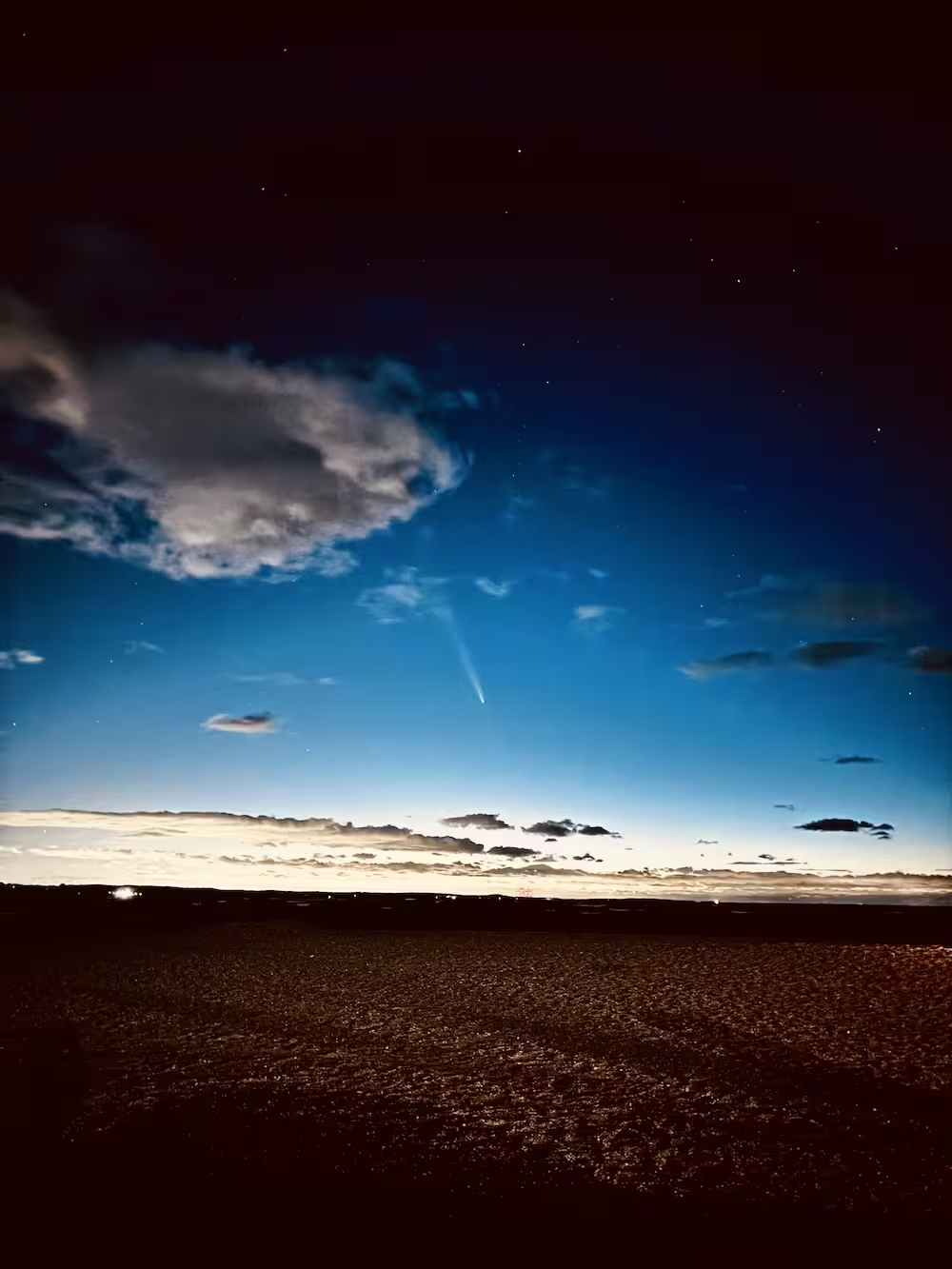
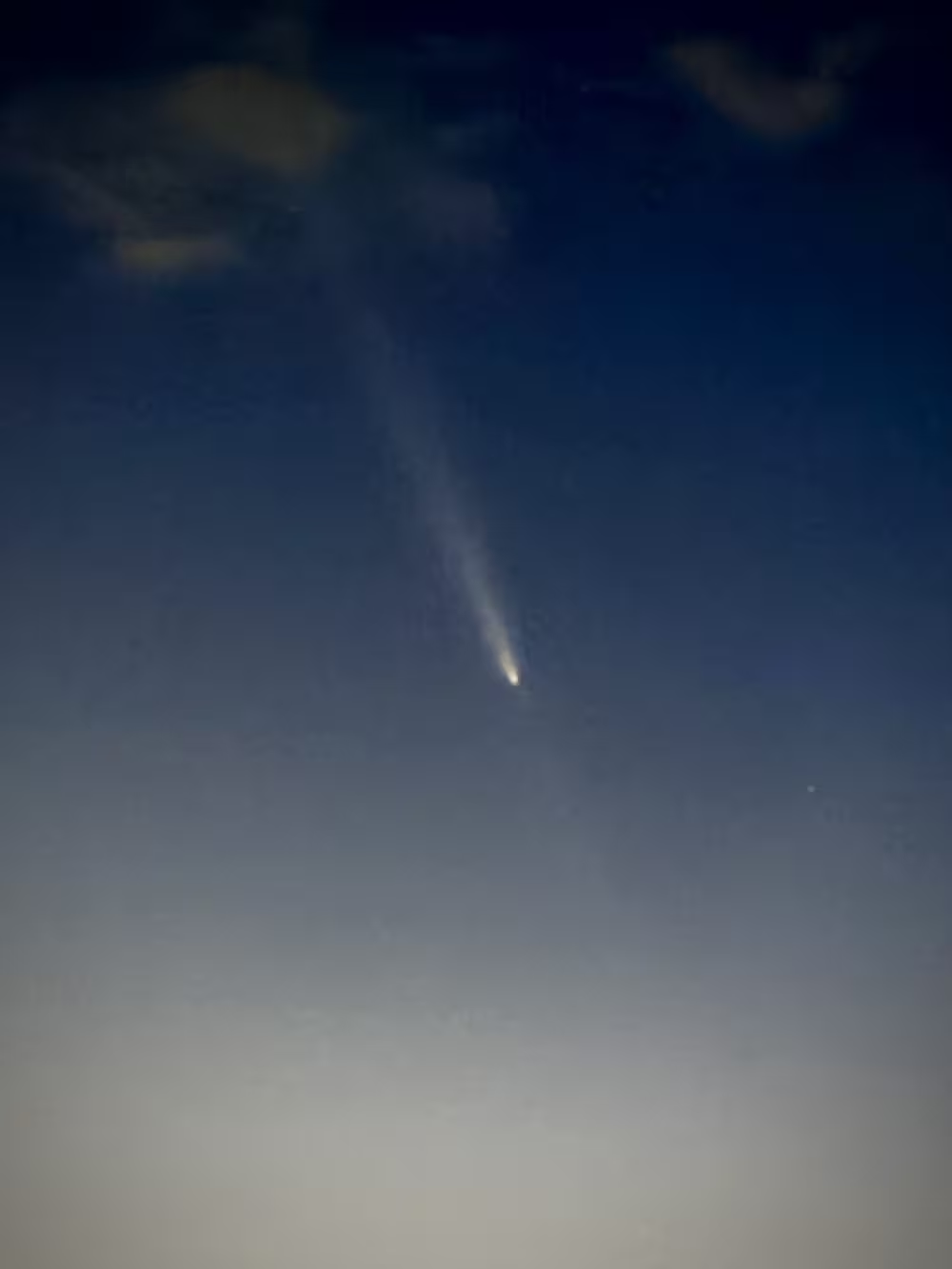
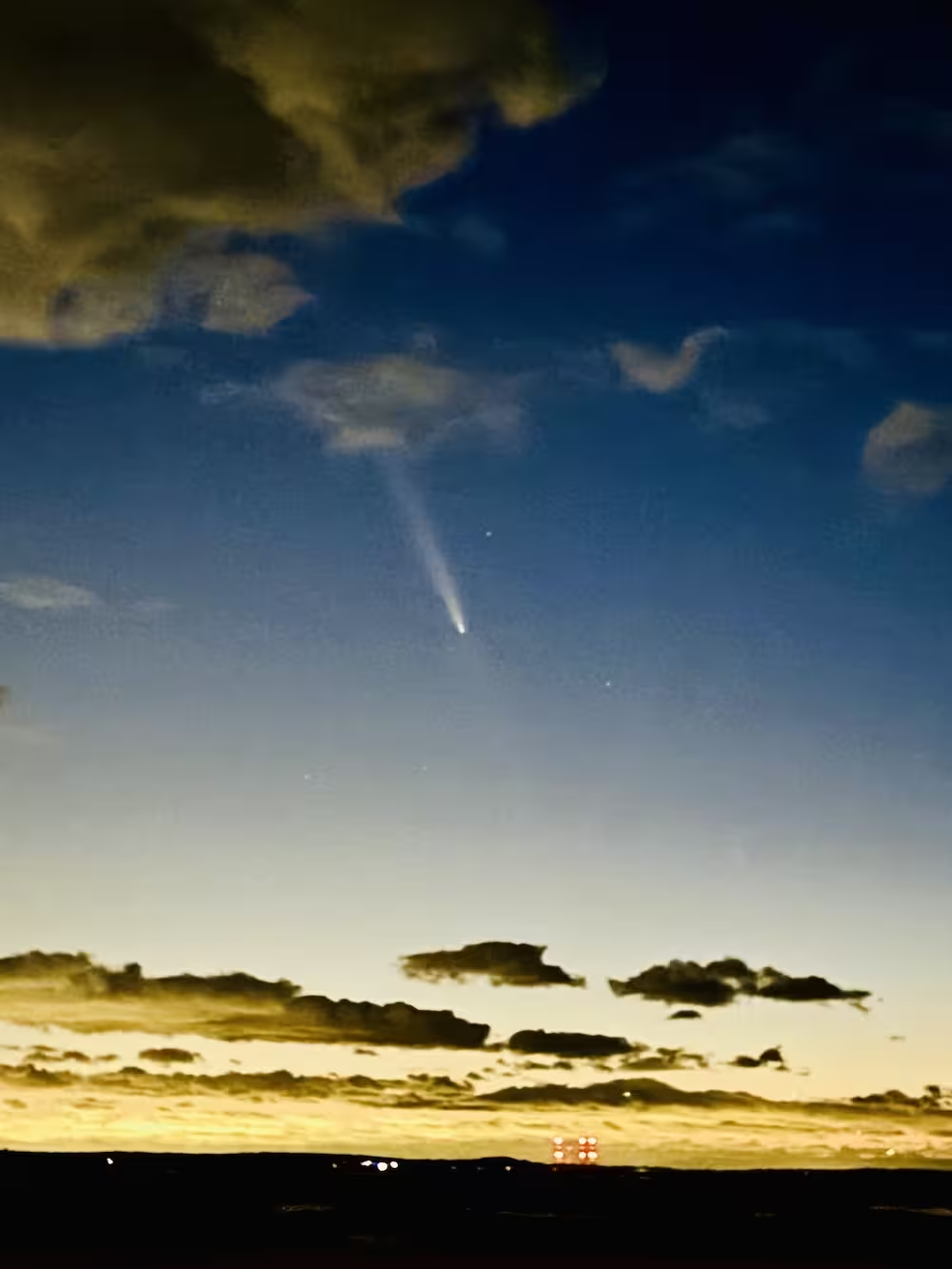
For the best chance of seeing Comet Tsuchinshan-ATLAS, keep an eye on the western sky after sunset. The comet will set each night about 45 minutes later, giving viewers a small window to witness this cosmic spectacle. If conditions are ideal, it will become the largest object in the night sky, second only to the Moon.
This isn’t just another ordinary comet sighting. Bill Cooke, NASA astronomer and head of the Meteoroid Environment Office, explained the significance of its journey. “Comets are more fragile than people may realize, thanks to the effects of passing close to the Sun on their internal water ice and volatiles such as carbon monoxide and carbon dioxide,” Cooke said in a statement on the NASA website. “Comet Kohoutek, which reached the inner solar system in 1973, broke up while passing too close to the Sun. Comet ISON similarly failed to survive the Sun’s intense heat and gravity during perihelion in 2013.”
Tsuchinshan-ATLAS defied the odds, surviving its closest pass by the Sun on September 27. Its icy core withstood the intense heat and is now heading back out of the inner solar system. Scientists are particularly excited about this comet due to the phenomenon of forward scattering, where sunlight shines from behind the comet, making it appear even brighter from our perspective on Earth. However, comets are unpredictable—while it may grow brighter, there is also a chance it could dim before we get to see its full glory.
Whether you’re a seasoned astronomer or a casual skywatcher, this is one event you don’t want to miss. Mark your calendars for this weekend’s celestial light show, and if you can’t catch it right away, peak viewing will last from October 12 to October 26. After that, Comet Tsuchinshan-ATLAS will fade from view, not to return for another 80 millennia!
Happy viewing!
Photo by Scott Lord.

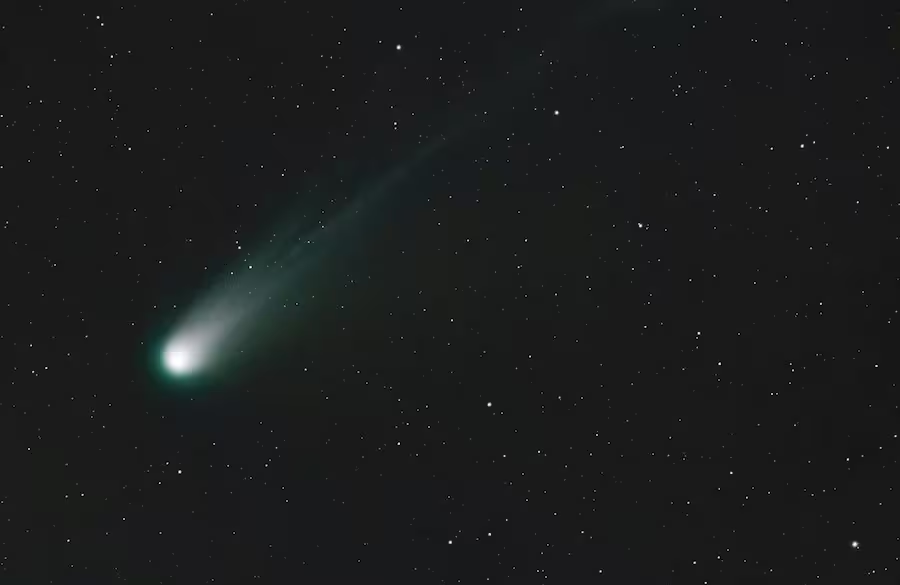

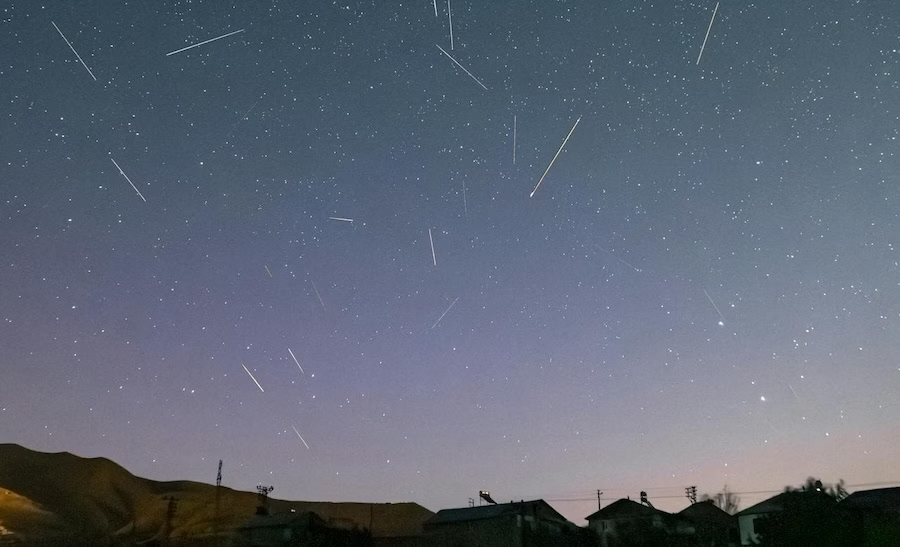
2 thoughts on “Comet Tsuchinshan-ATLAS to Light Up Long Island Skies Starting This Weekend”
Comments are closed.